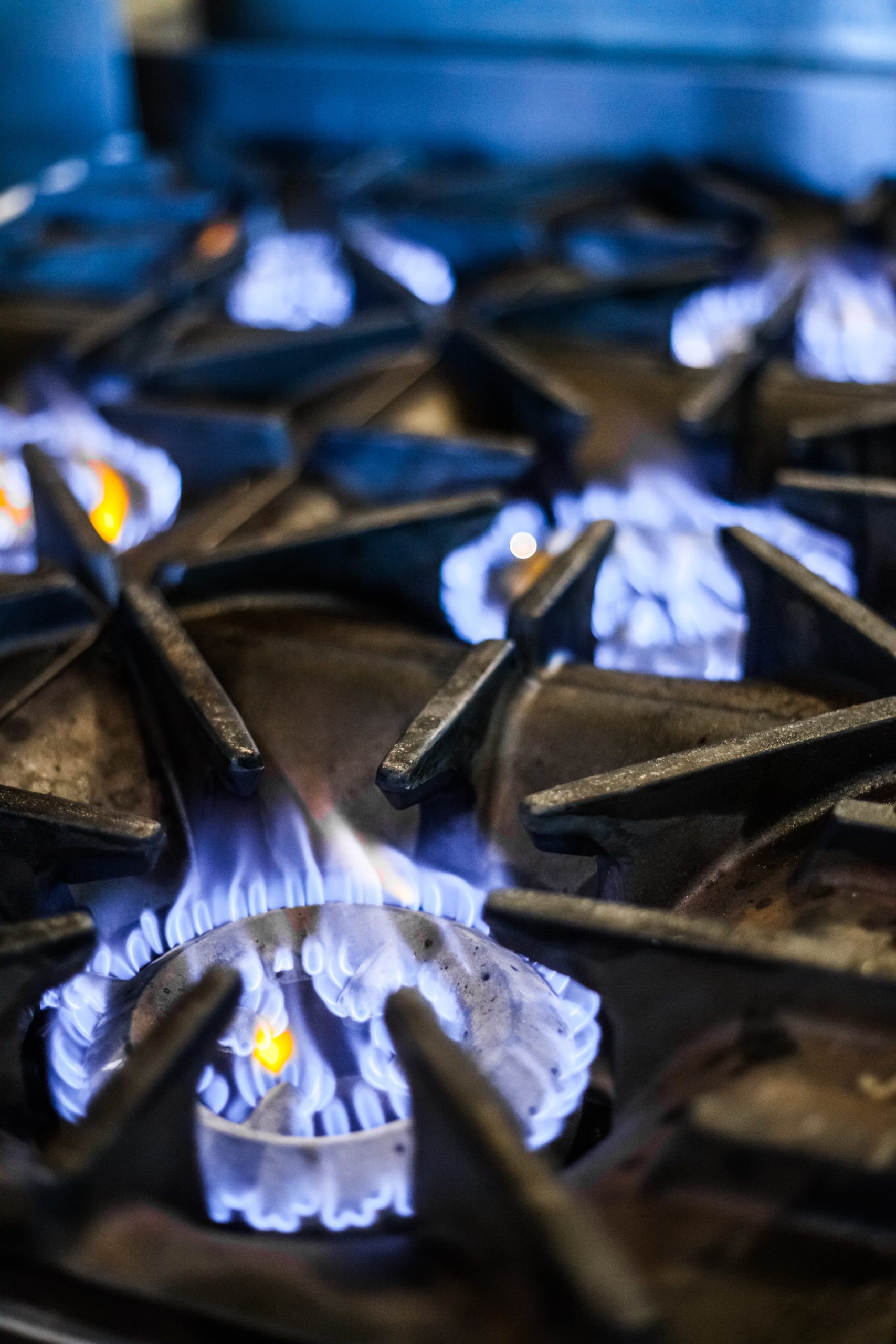Five Gas Safety Inspection In Buckingham Lessons Learned From Professi…

Shenna
2025-01-18 22:06
8
0
본문
 Gas Safety Inspections For Landlords
Gas Safety Inspections For Landlords Landlords are lawfully required to have all gas safety inspection Buckingham home appliances and pipework inspected by a qualified Gas Safe engineer every year. This is done to avoid carbon monoxide annual gas safety check buckingham poisoning which could eliminate.
Landlords are lawfully required to have all gas safety inspection Buckingham home appliances and pipework inspected by a qualified Gas Safe engineer every year. This is done to avoid carbon monoxide annual gas safety check buckingham poisoning which could eliminate.It is also a legal requirement for landlords to display readable copies of the Gas Safety Certificate (CP12) in a prominent location, and provide new renters with one when they relocate.
Safety Checks
Safety examinations are a method to determine prospective risks and make certain that all equipment is working correctly. They also assist to keep staff members safe by recognizing any prospective dangers before they become a mishap. Safety examinations must be performed regularly to guarantee that they are precise and updated. In addition, they should be performed by qualified personnel who recognize with OSHA policies.
A gas safety certificate is a legal file that needs to be provided by a qualified Gas Safe engineer (previously CORGI). It shows that all appliances, flues, and pipeline work are safe to utilize. Landlords need to get their certificates updated every year to prevent fines and make sure the safety of their occupants.
The process of carrying out a safety inspection generally takes about 30 minutes. The inspector checks all the appliances in your home and makes sure they are safe to use. She or he will likewise check the flue and any other gas pipes in your house. If any concerns are recognized, the engineer will fix them as rapidly as possible.
In addition to checking the safety of all your appliances, the inspector will also guarantee that your gas safe engineer Buckingham meter is working properly and is in excellent condition. It is necessary to have a working meter because it will enable you to monitor your energy intake and conserve money.
If any issues are discovered during the safety examination, the engineer will follow the Gas Industry Unsafe Situation Procedure to fix them. She or he will likewise evaluate the carbon monoxide alarm to guarantee it is working. This is a crucial step because carbon monoxide is a fatal gas and can cause lots of illness.
The expense of a gas safety assessment depends upon how lots of devices and flues you have, the size of your home, and where it lies. Normally, the price will be in between PS60 and PS90. However, the costs can increase if you have more than one boiler or extra home appliances. You might also require to pay more if you reside in an area that has high gas prices.
Examination Hatches
The flue on your gas boiler need to have the ability to be accessed easily for inspection and upkeep. Otherwise, carbon monoxide poisoning could happen. This is why you require to install a gas flue evaluation hatch in the space above your gas safe Buckingham device. These are mandated by industry assistance to prevent potential threats of carbon monoxide gas poisoning.
These access hatches are available in a variety of sizes to fit various requirements. Some are even readily available in a fireproof finish, which provides approximately 120 minutes of fire retardancy. There are likewise a number of other alternatives to select from, such as slide or curved designs. Some jobs-- ports for monitoring gasses, for instance-- need more specific designs.
When you have these custom hatches set up, it's an excellent idea to ask for a gas engineer Buckingham Safe Registered (previous CORGI) engineer to do the work. These engineers should have an acknowledged credentials in relation to the locations of gas work they're qualified to do, as well as offering evidence of their skills through training and work placements. It's unlawful for anybody else to bring out gas works, and you could be at risk of explosions or carbon monoxide gas poisoning if an unqualified engineer does the work.
Property owners and landlords have specific responsibilities when it comes to gas safety, including having their appliances serviced annually by a Gas Safe signed up engineer and guaranteeing that the flues/chimneys are effectively set up and safe for usage. If you're a student living in leased lodging, make sure to request proof of your landlord's gas safety record before signing the tenancy arrangement.
Gas safety certificates, or CP12 certificates, are main files released by a Gas Safe Register (or CORGI) certified engineer that verify the gas appliances and fittings in your residential or commercial property have been inspected and are safe to utilize. These are necessary if you want to rent your residential or commercial property, as they prove that the property fulfills all present British Regulations for gas safety. They're likewise a legal requirement for property owners and landlords in Buckingham. Failure to acquire a certificate can lead to prosecution by the Health and Safety Executive.
Examining the Flue
The flue pipeline safely vents carbon monoxide and combustion byproducts away from the appliance and the home. It is vital that it is in excellent condition and the flue cap is fitted securely. Your Gas Safe Registered engineer will check these things throughout a gas safety assessment. They will likewise inspect the space and ductwork around the home appliance and check that the flue is properly supported throughout its length. This consists of monitoring that the flue termination is properly positioned and that any dampers are closed. If a flue is being used in a room that would normally be occupied as sleeping accommodation then the engineer will verify that the installation guidelines enable this and guarantee that there is no considerable spillage of smoke.
In addition, a sample will be drawn from the flue to make sure that it is clear. This is done by choosing a point upstream of any draft diverter/hood, barometric damper or any other opening which allows space air to enter and water down the stack temperature. This location is also closer to the breach location and will offer a more accurate reading than the position of a sample further upstream, which might be watered down by room air getting in through joints in sheet metal vent connectors.
Depending on the design of the home and the availability of access, this might include getting to roof spaces or upper spaces in homes where the chimney/flue extends through the ceiling. If a visual assessment is not possible the engineer will tape-record this on the gas safety certificate and recommend the homeowner that the system is "at threat" in accordance with the Gas Industry Unsafe Situations Procedure (GIUSP) and, with the owner's approval, shut off the boiler so that it can not be used up until the defects have actually been corrected.
A Gas Safe Registered engineer will use a smoke pellet to assess the chimney's draw by firing it into the flue space. They will also search for any signs of smoke getting away up the chimney and through the troughs of a draught diverter. They will then take a sample from the flue, and if essential, a liner can be installed to ensure that the chimney is safe. This will be a a lot more expensive operation than merely replacing the cap, however it is a legal requirement if you wish to preserve your gas safety certification and adhere to real estate policies.
Carbon Monoxide Gas Alarms
Carbon Monoxide Gas (CO) is a poisonous gas that can kill in large doses. It is produced when fuels, such as natural gas, oil, wood and coal, burn incompletely. Typical home appliances such as heating systems, clothes dryers and water heating units produce CO. Other sources include fireplaces and wood stoves, charcoal grills run in indoor spaces, and automobiles running in attached garages. Carbon monoxide gas detector alarms provide early warning of carbon monoxide gas accumulation in the home. They should be set up on every level of your home, and within 15 feet of each fuel-burning device, consisting of the bedroom. It is recommended that carbon monoxide detectors be adjoined so that when one alarm goes off, all the other alarms go off.
Regular maintenance of carbon monoxide detectors will help extend their life and performance. Keep the detectors clean of dust, so they do not error other gases for CO, and change their batteries as instructed.
It is also advised that property owners and landlords have a gas safety engineer perform a full evaluation of all heating appliances, flues, venting systems and chimneys to make sure that they are safe. A competent Gas Safe Registered (previous CORGI) engineer will have the ability to recognize unsafe gas devices and fix the problems. If your gas appliance or pipework has actually been incorrectly installed, a Gas Safe signed up engineer will follow the assistance outlined in the Gas Industry Unsafe Situations Procedure to make the setup safe.
If your carbon monoxide gas alarm goes off, leave the structure instantly for fresh air. If anyone in the building experiences symptoms of carbon monoxide gas poisoning, such as headaches, dizziness or vomiting, call 911.
It is suggested that all resident and landlords have carbon monoxide alarms fitted on each flooring of the home, close to any fuel burning appliance and in each bedroom. They must be UL Listed carbon monoxide detectors. These gadgets are offered from numerous hardware stores and electrical suppliers. They are affordable and can save lives. If the carbon monoxide gas alarm beeps regularly, it has low batteries and requires changing. Some detectors can be reactivated by re-charging them, however this must just be done as encouraged by the manufacturer.

댓글목록0
댓글 포인트 안내